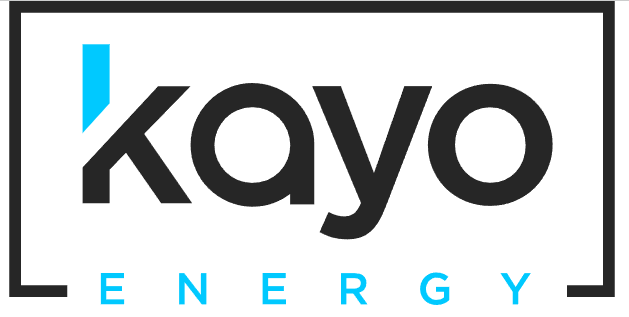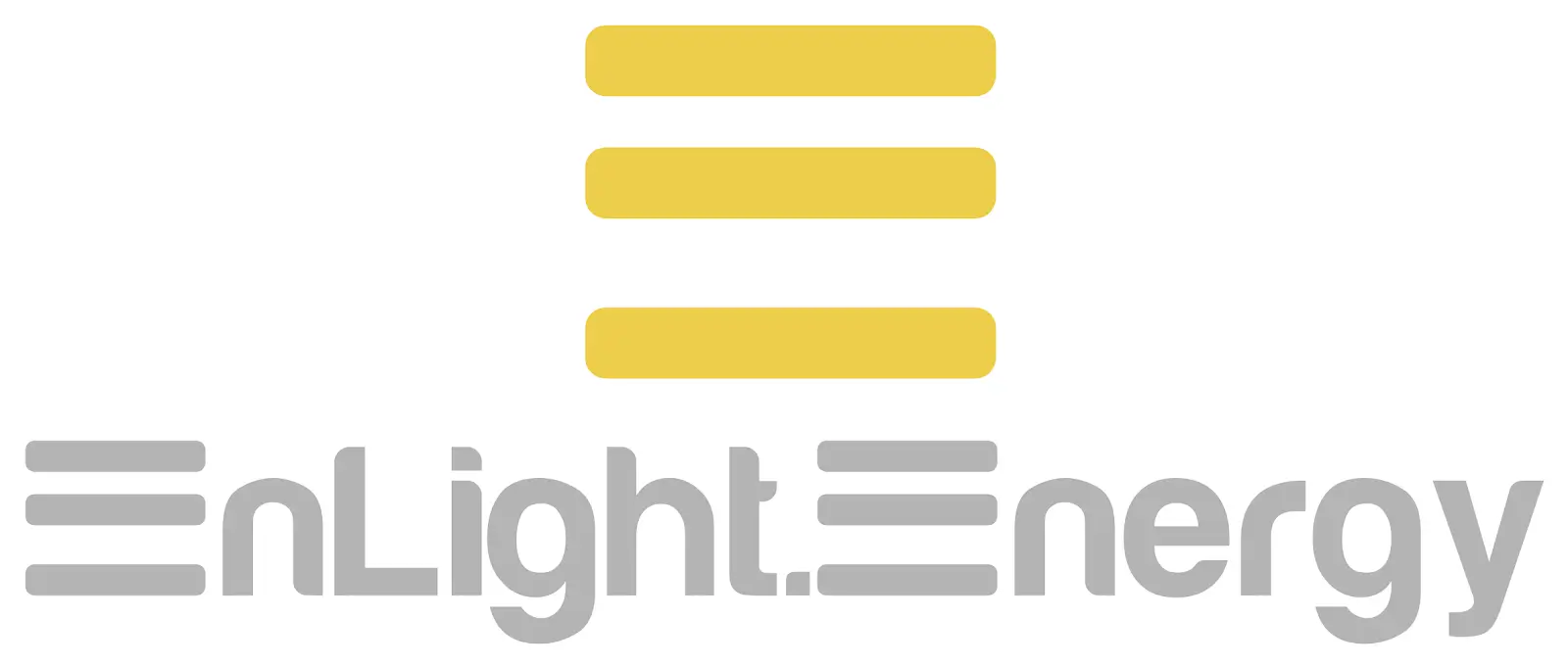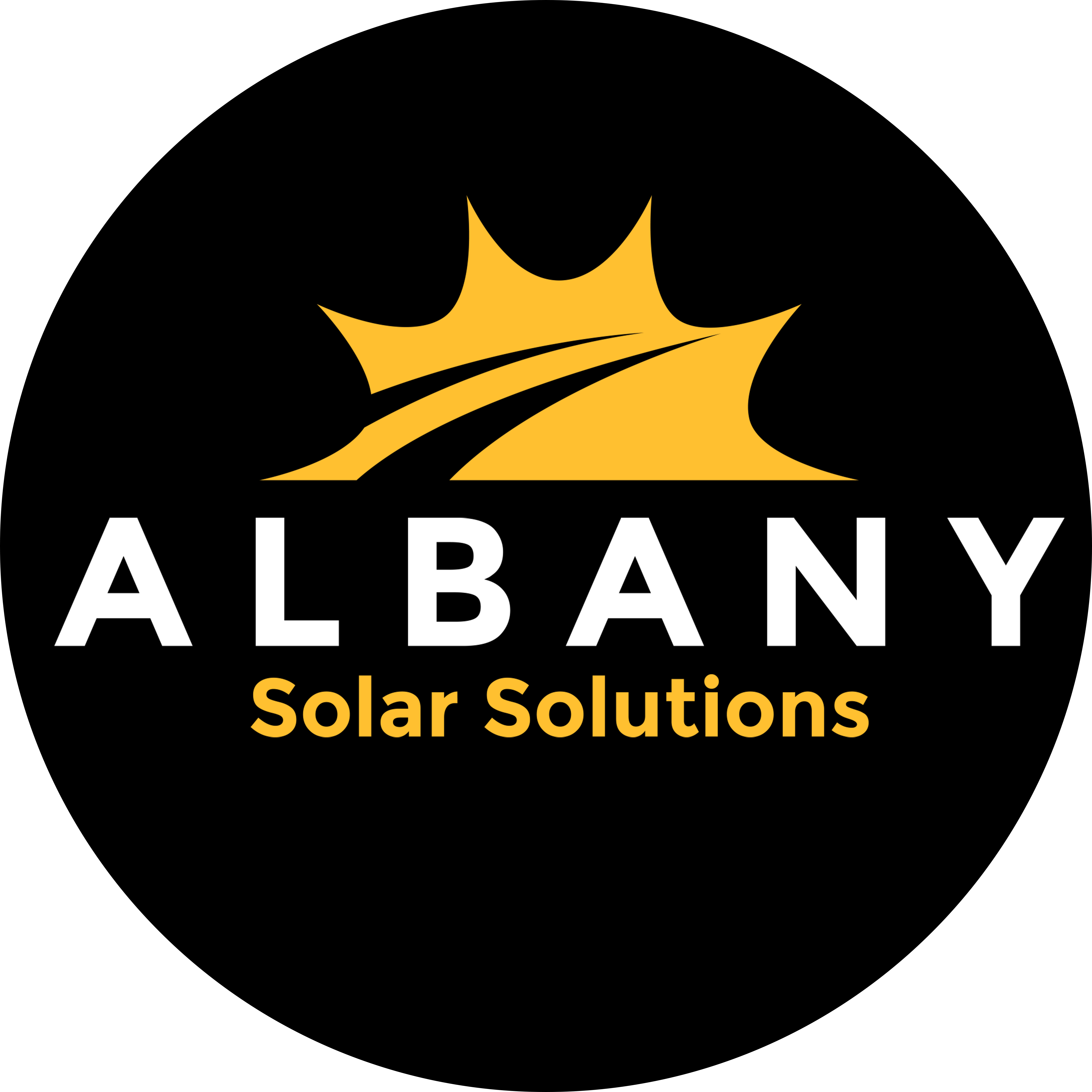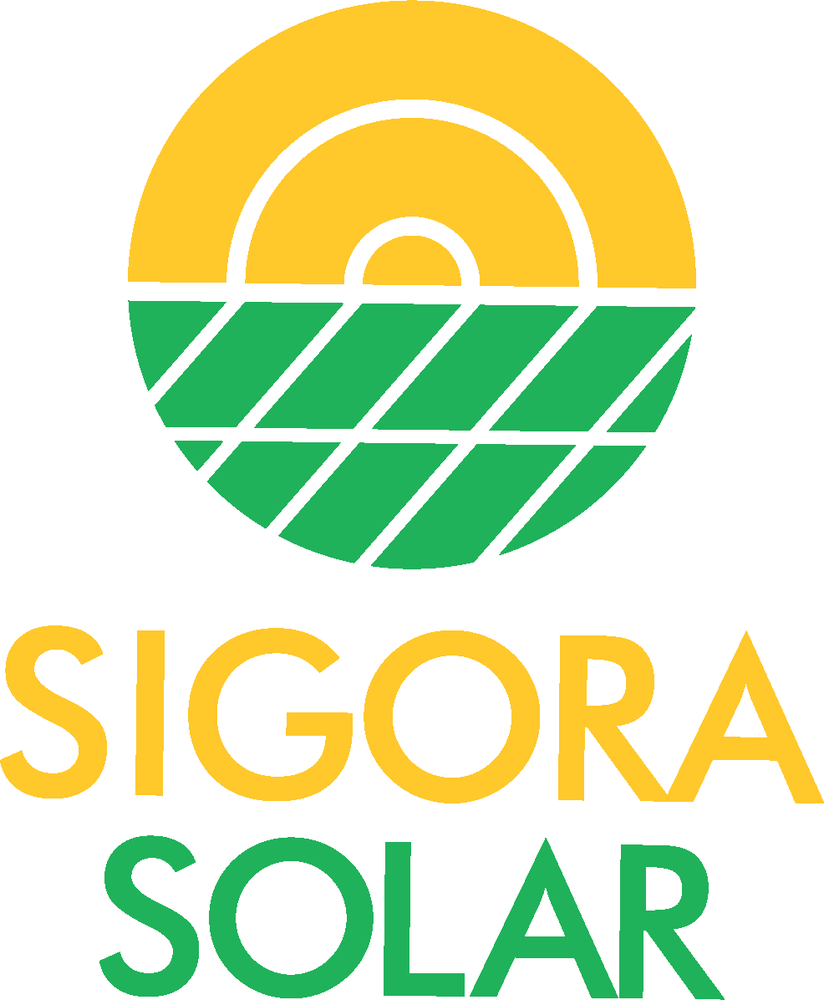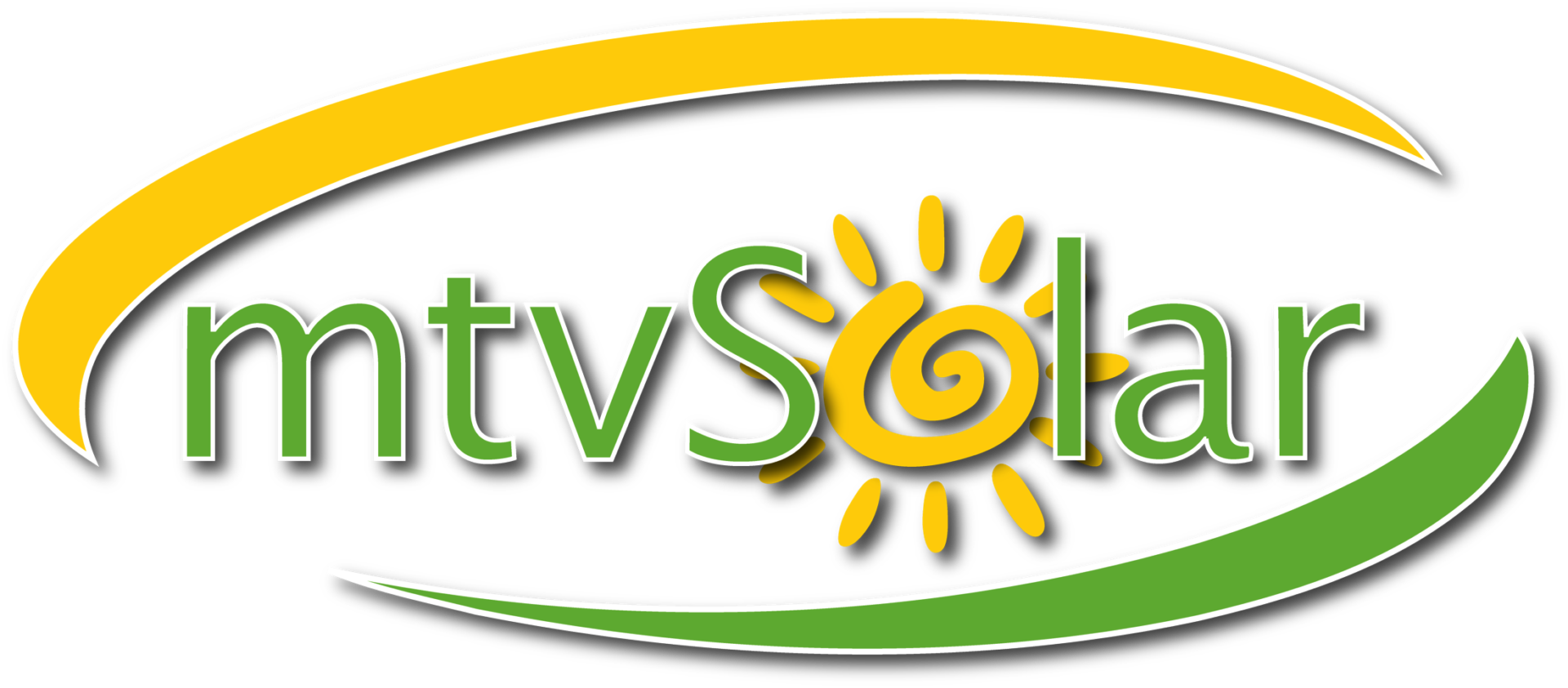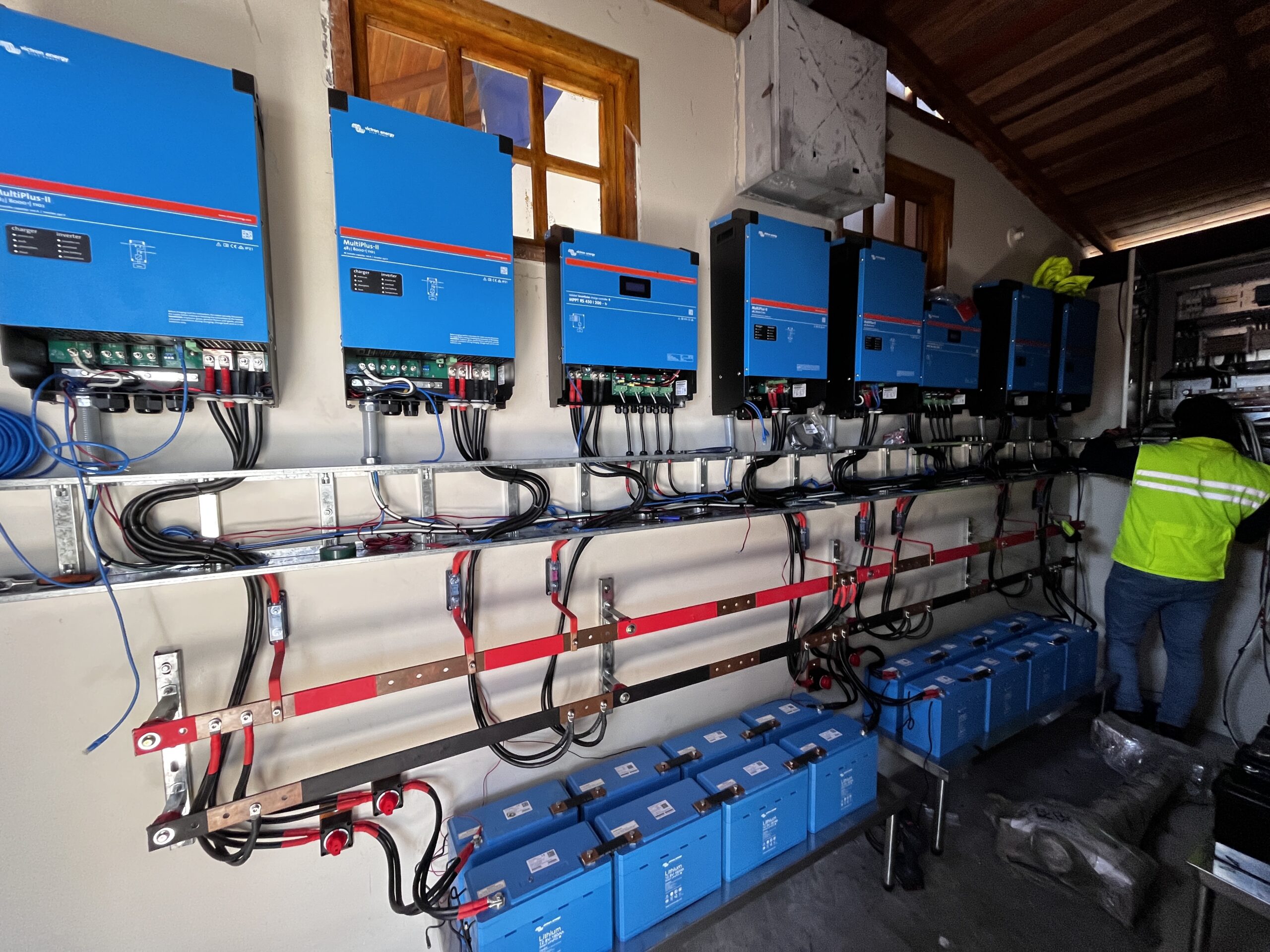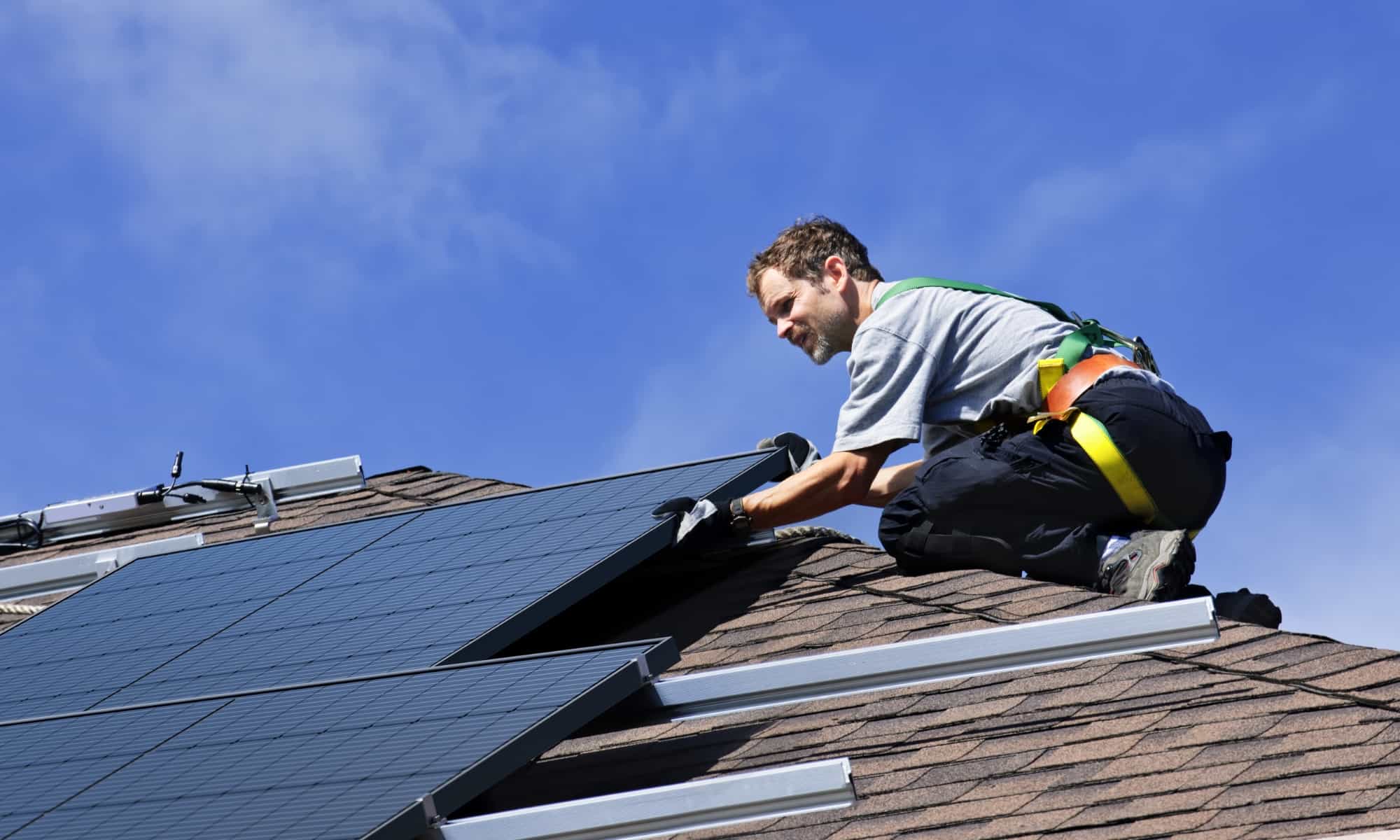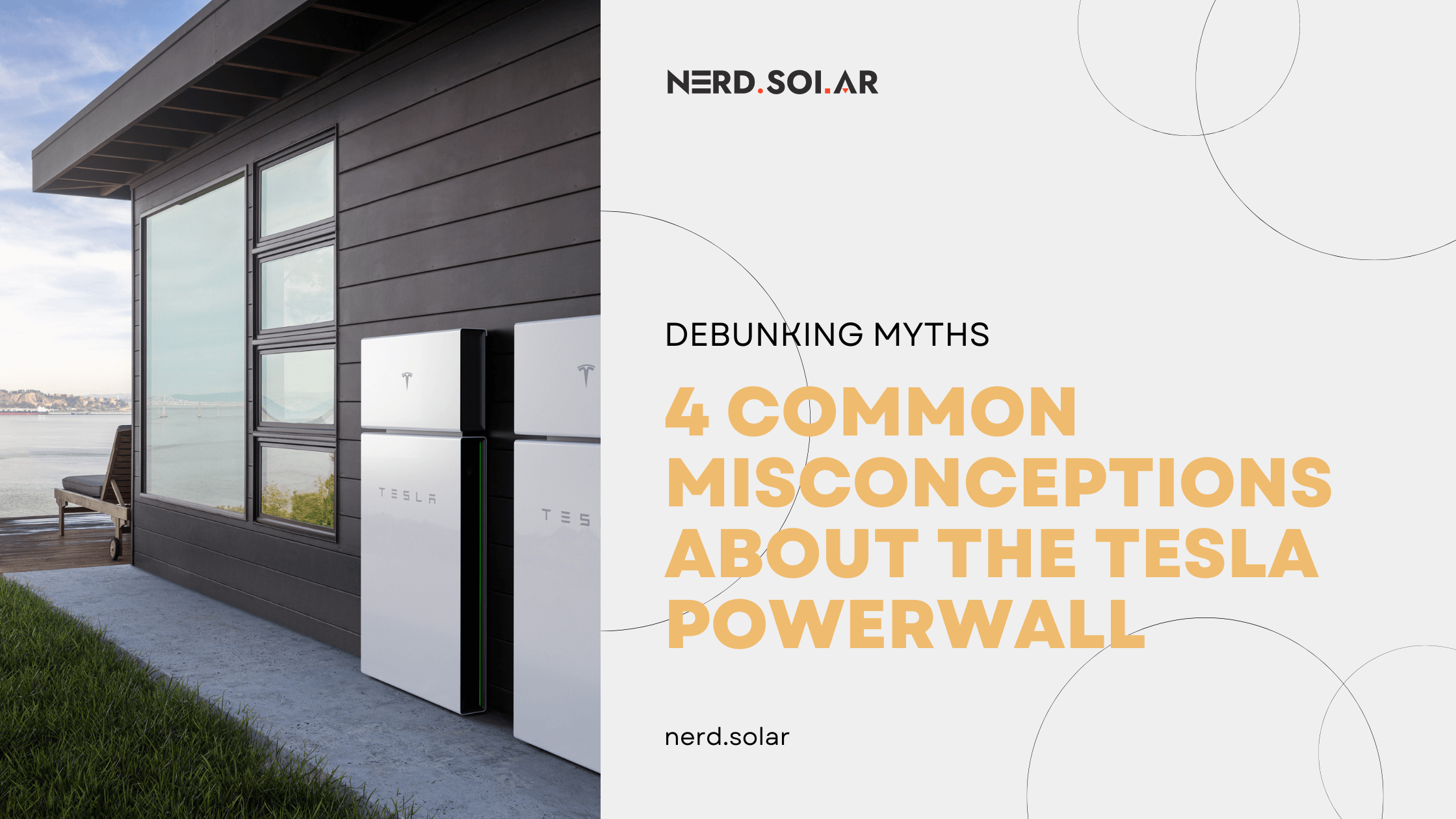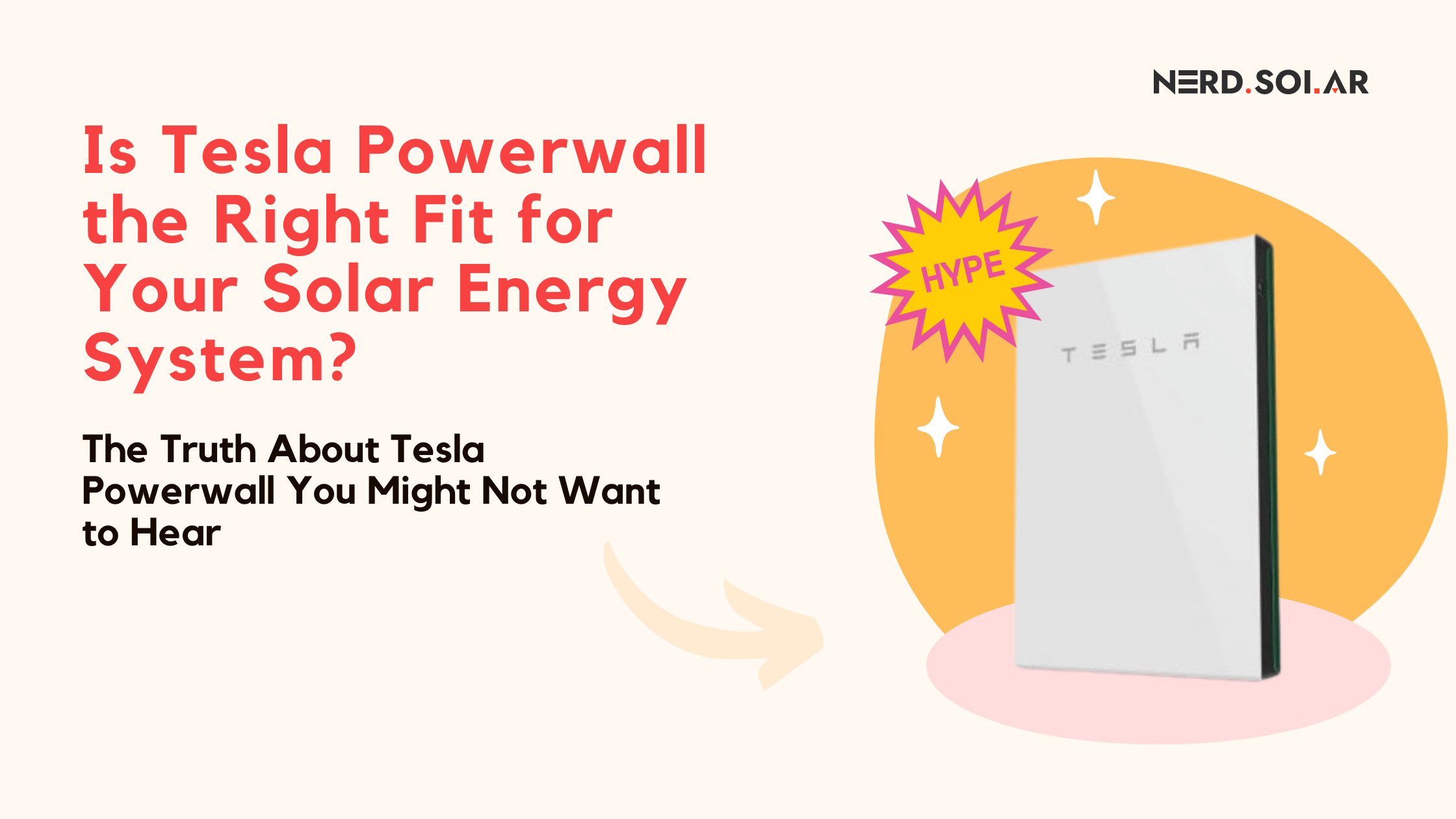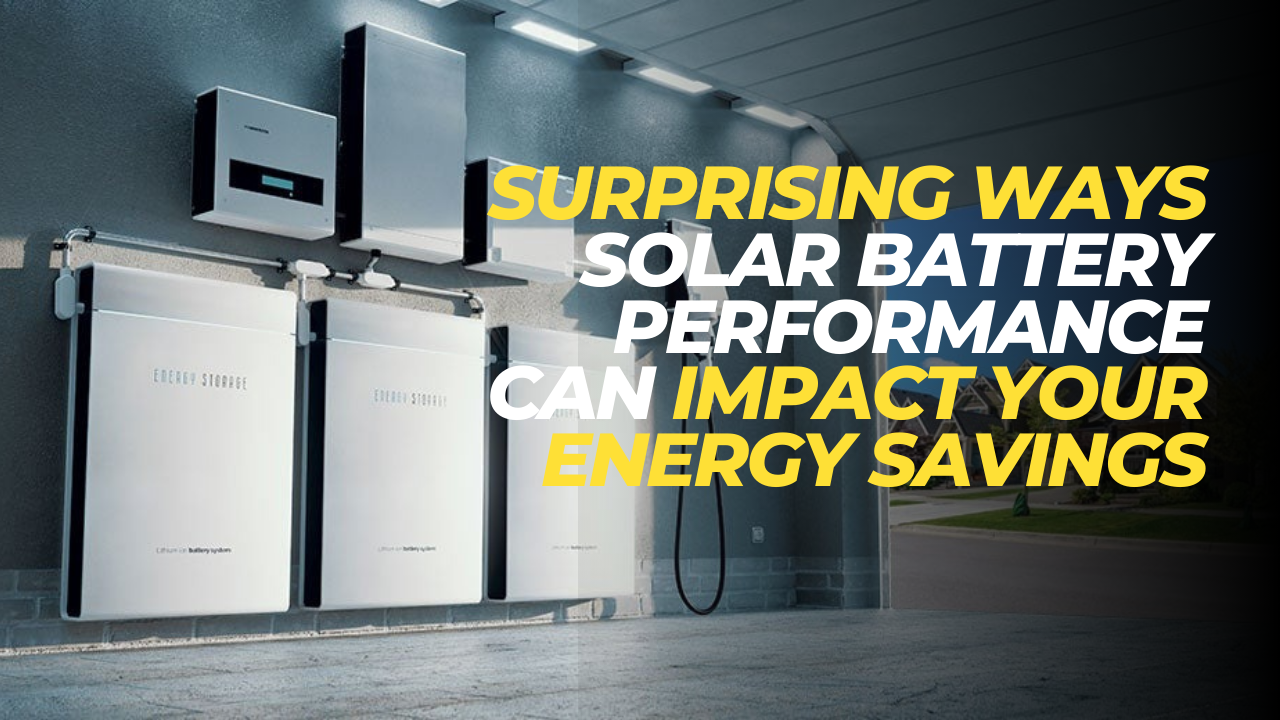How Do We Rate Solar Companies?
TL;DR: We rate solar installers from 1 to 5 stars to help you pick the best one. High stars mean they’re really good at what they do and treat their customers right. Low stars? Not so much. We give credit to companies that have been around for a while, know what they are doing, have a high standard of workmanship and equipment, don’t hire subcontractors to keep the bar of solar installation quality high and have good local reviews from real customers (yes, we check if the reviews are actually real or fake). Companies we choose as top-rated know and can help with federal and local solar incentives to help you save, have good financing plans, and guarantee their work. We’re here to point you to the solar companies that truly rock, making going solar easy and worthwhile for you.
Check our detailed review process here.
Is It Worth Going Solar in Maryland?
Going solar in Maryland is considered a great investment for several reasons:
- Federal and State Incentives: Maryland offers various incentives to reduce the initial expense of installing solar panels1. These include:
- Investment Tax Credit
- SREC Program
- Residential Clean Energy Rebate Program: Eligible homeowners can get a rebate of up to $1,000 for the installation of solar panels.
- Sales Tax Exemption: Solar panel systems are exempt from the state sales tax in Maryland.
- Property Tax Exemption: Homeowners do not have to pay higher property taxes based on the installation of solar panels.
- In regions where traditional energy costs are high, the shift to solar can lead to more substantial savings in the long run.
- Increase in Home Value: Going solar in Maryland not only saves your money but also increases your home value.
How much does solar save homeowners in Maryland?
Solar savings for homeowners in Maryland can be significant due to various factors:
- Solar Electricity Production: The amount of electricity your solar panel system generates and whether that generation meets your consumption is one of the biggest drivers of your monthly bill amount after going solar. If you’re using more electricity than your solar panel system generates, your utility company charges you for the extra electricity you draw from the grid.
- Net Metering Policy: With net metering, if your solar panels produce more electricity than you’re using, that electricity is sent to the grid in exchange for a credit. You can “bank” these credits and then use them at times when your solar panel system isn’t producing enough (or any) electricity.
- Solar Incentives: Solar incentives available, such as tax breaks and rebates, can significantly lower your initial costs and further accelerate the road to payback.
The average payback period on a residential solar system in Maryland is around 8 to 9 years. After passing this mark, the amount you’ve saved on electricity would have paid for the cost of your system. A 20-30-year warranty often covers solar panels, so you’ll enjoy clean and mostly free electricity well after you hit this mark.
As for the comparison of traditional electric bills and bills after solar installation, if your solar energy system is connected to the grid, as most systems are, you will still receive an electric bill each month. The difference will be in the payment you owe. Oftentimes, electric bills after solar installation are zero or credited through net-metering, meaning the homeowner sent more electricity to the grid than they consumed. Changes in Electric Bill Before and After Solar Panels indicate that a 5 kW residential solar system can reduce monthly bills by around $100 to $150.
*Please note that these are average figures and actual savings can vary depending on specific circumstances such as the size and efficiency of the solar system, the amount of sunlight your location receives, and the rate charged by your utility company.
What is the average cost of going solar in Maryland?
The average cost of installing a solar panel system in Maryland is approximately $2.74 to $2.94 per watt. For a typical 5 kilowatt (5 kW) solar panel system, this translates to about $14,695 before incentives. However, prices can range from $12,491 to $16,899.
Also, keep in mind that there are various federal and state incentives available that can significantly reduce the initial cost of installing solar panels1. For example, the federal investment tax credit (ITC) can lower the price by 30% of all your solar equipment and installation costs. So, the net cost after applying the tax credit will be much lower.
Maryland Solar Incentives
Maryland offers several incentives to reduce the initial expense of installing solar panels:
- Federal Investment Tax Credit (ITC): This ongoing federal program offers homeowners a tax credit for 30% of the cost of installed solar panels.
- Solar Renewable Energy Certificates (SREC) Program: After installing solar panels, homeowners can earn money back for energy generated through the SREC marketplace.
- Residential Clean Energy Rebate Program: Eligible homeowners can get a rebate of up to $1,000 for the installation of solar panels. The program operates annually on a first-come, first-serve basis.
- Sales Tax Exemption: Solar panel systems are exempt from the state sales tax in Maryland.
- Property Tax Exemption: Homeowners do not have to pay higher property taxes based on the installation of solar panels.
Several counties in Maryland also offer tax credits ranging from $2,500 to $5,000 for the installation of solar panels.
*Please note that the terms and conditions of incentives aren’t always as simple as getting an upfront price deduction. By understanding the programs that are available to you in Maryland, you can take full advantage of ways to save—and even earn—money by installing solar panels1.
Are There Any Community Solar Programs in Maryland?
Yes, there are several community solar programs in Maryland:
- Maryland Community Solar Pilot Program: The Maryland Public Service Commission has adopted regulations for a community solar pilot program in Maryland, with an emphasis on providing renewable energy benefits for low and moderate income customers. Community solar customers are expected to see some savings on their electric bills and all Marylanders will benefit from more clean energy options.
- Maryland Community Solar: This is a company based in Columbia, MD that offers services for tailored solutions and home installations.
- New Partners Community Solar: This organization helps build solar energy systems and supports community solar for low-income communities.
Community solar expands access to solar for all, including in particular low-to-moderate income customers most impacted by a lack of access, all while building a stronger, distributed, and more resilient electric grid.
Please note that individual community solar projects will be operated by subscriber organizations (which can include utilities, retail electricity suppliers, solar developers, etc.) that are approved by the Public Service Commission. It’s always a good idea to do thorough research and consider your specific situation before making a decision.
Net Metering Policy in Maryland
Maryland’s net metering policy is established by Maryland Code §7-306 and COMAR 20.50.10. Here are some key points:
- System Capacity Limit: Systems eligible for net metering must be less than two megawatts (MW) in capacity or 200 percent of the owner’s annual baseline electricity usage.
- State-wide Net Metering Cap: Maryland electric utilities and cooperatives are required to allow all eligible customers to net meter until the total capacity of net metered systems in Maryland reaches 1,500 MW.
- Billing and Compensation: Utility customers with net metered systems will be credited for each kilowatt hour produced by their system. Each month, they will be billed for the number of kilowatt hours they used, minus the number of kilowatt hours generated. If your generation exceeds your usage for a given month, you will receive a credit for each excess kilowatt hour, to be applied in later months when you generate less electricity than you consume.
- Annual Excess Generation Credit Rate: At the end of each 12-month billing cycle in April, utilities will compensate net-metered generators for their excess credits during that period at the average annual commodity electricity rate for their utility or their electricity supplier.
- Other Types of Net Metering: Aggregate net metering is available to agricultural producers, non-profit organizations, and municipal governments and their affiliated organizations. Virtual net metering is the vehicle Maryland is using for its three-year community solar pilot program.

